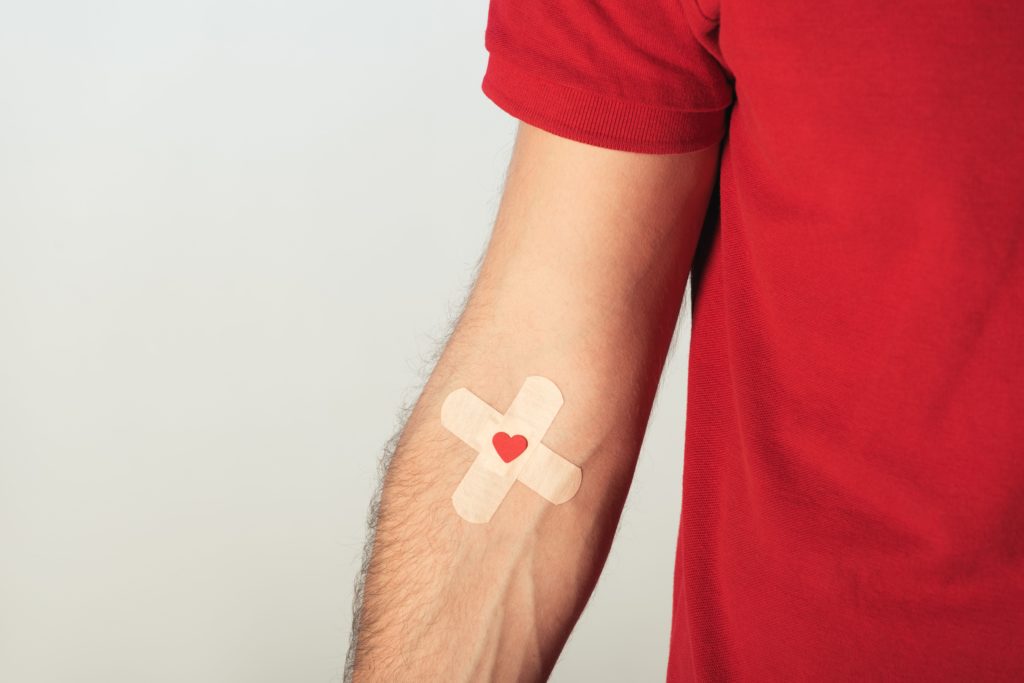January is and has been the National Blood Donor Month since 1970. Apparently, one of the main reasons for choosing this month is that collecting blood and blood products or components —red cells, platelets and plasma— from the population at large is hardest during the Winter months. Quite a few blood drives get cancelled for weather, the holidays have everyone’s minds on something else altogether, and people lose motivation or actually forego their blood donation for health reasons… y’know, the flu and similar parasites.
Observation
Observing this very important calendar month is quite straight forward.
Donate blood. Actually, donating comes in four formats. As such, you can do a:
· Whole Blood donation, where blood and all its components are used to help in a variety of situations, for example, trauma patients or people undergoing surgery. The procedure usually takes under 1 hour and is ideal for all blood types.
· Power Red donation, where an automated process separates your red cells from other blood components and then safely returns your plasma and platelets back into your body. These red blood cells are typically needed by trauma patients, newborns, emergency transfusions during birth, sickle cell anemia patents and anyone who suffers from blood loss. The procedure is a little bit longer and might take up to 1.5 hours. Ideal blood types here are O positive, O negative, A negative, and B negative.
· Platelet donation. Platelets are tiny cells that form clots and stop you from bleeding. These are perfect for cancer patients and others with life threatening illnesses, such as transplants. Same as above, a special machine will collect your blood and only extract platelets and a small amount for plasma, returning the rest to you. A single donation can produce several valid transferable units, whereas it normally takes 5 whole blood donations for a single valid unit of platelets. It is only performed at Red Cross centers, never at blood drives. The procedure last anywhere from 2 to 3 hours and the ideal blood types her are: A positive, A negative, B positive, O positive, AB positive and AB negative.
· Plasma donation, otherwise termed AB plasma, can be given to any patient to stop their bleeding. In AB Elite donations, once again a special machine takes care of the process of extracting and then reintegrating the remainder, platelets and blood cells, back into your body safely. It takes about 10 to 15 more minutes than a regular or whole blood donation. The ideal blood types here, as might be inferred, are AB positive and AB negative.
Learn and remember your blood type. There are four major blood groups —A, B, AB, and O— which produce the 8 major blood types by just adding a + or a – sign at the end. This + or – sign is known as Rh factor. Otherwise, your blood type is determined by the presence or absence of certain antigens. There are more than 600 types of antigens, so besides these 8 major blood types, there are also rare blood types. It is paramount to know what blood type we are donating since there are many combinations for blood donation. Certain blood types may or may not be suitable for other blood types. One thing we do know is that O- is the universal donor, meaning that blood can be transfused to anyone. The universal plasma donor has type AB blood. And AB+ is the universal receptor, meaning these people accept all blood types.
Inspire
Donating is an inspiration for others to do likewise. Blood is a critical population need, with 4.5 million lives saved every year thanks to available transfusion supplies. Although 38% of the population in the US can donate blood, only 10% does. The American Red Cross has calculated that it needs 13,000 blood donations daily to maintain an adequate supply. And the World health Organization has stated that “blood is the most precious gift that anyone can give to another person — the gift of life.”
Sources:
https://nationaltoday.com/national-blood-donor-month/
https://www.redcrossblood.org/donate-blood/how-to-donate/types-of-blood-donations.html


